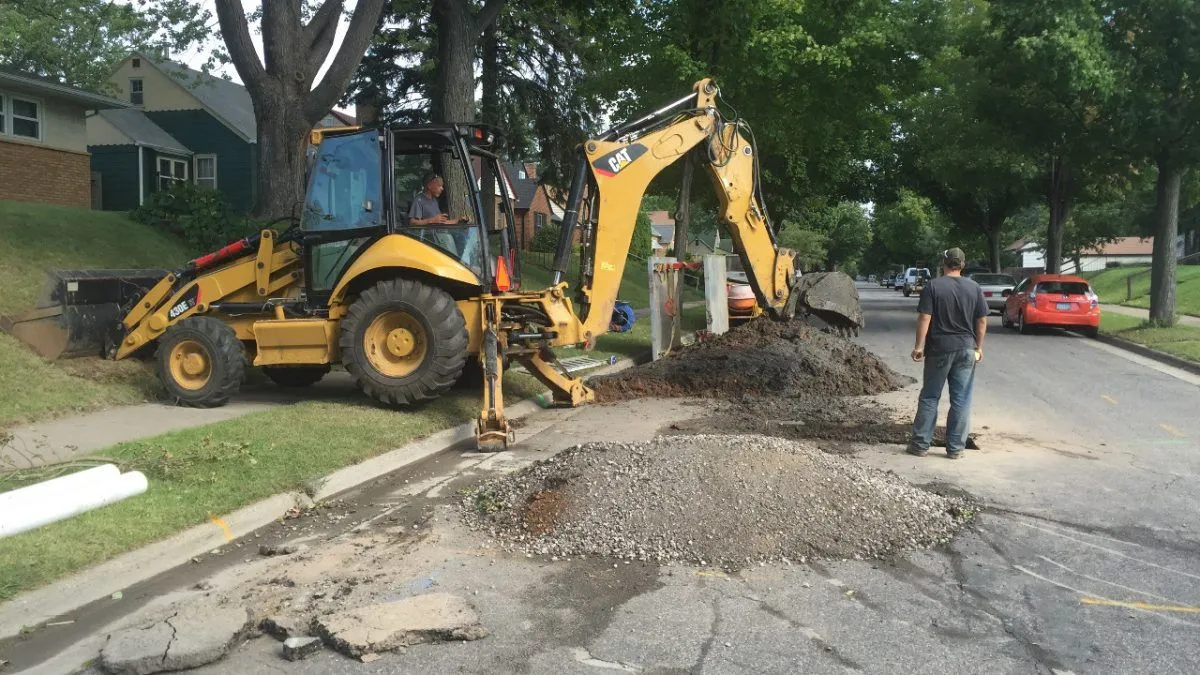Sewer line failures are among the most stressful and expensive infrastructure issues a homeowner can face. Whether you discover persistent backups, foul odors, or sudden sink collapses, choosing the right repair method is critical. Two major options dominate the conversation: traditional excavation-based repair and trenchless technologies like sewer lining and pipe bursting. This article explores both approaches in detail, helping you determine which is ideal for your situation—and how to find a trustworthy sewer company near me to execute it.
Traditional Sewer Repair: What It Involves
The traditional approach, also known as open-cut excavation, has been the industry standard for decades. In this method:
A trench is dug from the surface down to the damaged sewer line.
The old pipe is removed or cut out.
A new pipe is laid in place, connections are made, and the trench is backfilled.
Finally, surface restorations (landscaping, driveways, lawns) are rebuilt.
Advantages of Traditional Repair
It’s a proven, dependable method, especially when pipe collapse or major misalignment has occurred.
Because the damaged section is fully replaced, there are no weak residual segments.
For heavily damaged or severely offset pipes, it may be the only viable option.
Disadvantages of Traditional Repair
Extensive disruption: your yard, driveway, patio, and landscaping may be ruined by trenching.
Time-consuming: projects often take several days or even weeks, depending on complexity and restoration needs.
Additional costs: beyond pipe replacement, you’ll need to budget for repairing what was torn up (e.g. hardscaping, sod, concrete).
Environmental impact: heavy excavation disturbs the soil, root systems, and existing ecosystem.
Trenchless Sewer Repair: What It Means
Trenchless techniques fundamentally shift the approach: instead of excavating the length of the pipe, only small access “entry” and “exit” points are used. The damaged line is rehabilitated or replaced from within.
Two main trenchless techniques include:
Sewer Lining (CIPP – Cured-in-Place Pipe)
A flexible liner saturated with resin is inserted into the existing line. Once in place, the liner is inflated or cured (often via heat or UV) to conform tightly to the old pipe’s walls. As the resin hardens, it forms a new inner pipe—smooth, jointless, and resistant to leaks and root intrusion.
Pipe Bursting
A bursting head is pulled through the old line, fracturing it open while simultaneously pulling a new high-density polyethylene (HDPE) or similar pipe into place. This method also allows for upsizing the diameter if needed.
Advantages of Trenchless Repair
Minimal disturbance: only two small holes are required—your yard, driveway, and landscape remain largely untouched.
Speed: most trenchless jobs can be completed in 1 to 3 days.
Durability: these repaired lines often last 50 to 100 years.
Environmental benefits: less soil displacement, less waste, better preservation of trees and ecosystems.
Limitations of Trenchless Repair
Not suitable for completely collapsed, severely offset, or heavily misaligned pipes.
Higher per-foot costs compared to basic excavation (though often offset by lower restoration costs).
In certain soil or site conditions, trenchless methods may not be feasible or permitted.
Cost & Time Comparison
Factor Trenchless Repair Traditional Excavation
Cost per foot Typically higher (e.g. $80–$250/ft) Lower base cost (e.g. $50–$200/ft)
Additional restoration Minimal Often substantial
Timeframe 1–3 days 5–14+ days or more
Impact Low disruption Major disturbance
Best used when Cracks, root intrusion, corrosion Pipe collapse, misalignment, severe damage
Though trenchless methods may appear more expensive in terms of pipe work alone, the savings in restoration and reduced downtime often make them more cost-effective for many homeowners.
When to Choose Each Method
Trenchless is Ideal When:
The damage involves cracks, corrosion, or root intrusion—not full collapse.
You want to preserve landscaping, driveways, and hardscaping.
You need a fast repair with minimal disruption.
The soil conditions and pipe alignment allow trenchless access.
Traditional (Excavation) is the Better Choice When:
The pipe is fully collapsed, severely misaligned, or inaccessible via trenchless means.
Local codes or utility constraints require open-cut work.
The site’s layout or obstacles prevent trenchless equipment access.
Tips to Choose a Reliable Service Provider
When searching for “sewer repair near me” or “sewer line repair near me,” here are best practices:
Ask for video camera inspections to verify the condition before proposals.
Check whether the company offers both trenchless sewer repair and traditional methods—they should be capable and unbiased.
Request detailed quotes: separate the costs for the pipe work and the restoration.
Inquire about warranties: good firms stand behind trenchless lining or bursting for decades.
Verify they offer methods like pipe bursting or pipe lining (CIPP) and have experience executing them successfully.
Ask for local references or before/after photos of trenchless sewer line replacements or repairs in your area.
Neither trenchless nor traditional repair is universally superior. For most modern needs—especially when keeping your property intact matters—trenchless sewer repair (using pipe lining or pipe bursting) often offers a faster, cleaner, and longer-lasting solution. However, traditional excavation still plays a role where trenchless isn’t technically viable.
Start by hiring a reputable underground or sewer specialist to perform a thorough inspection. Their analysis will reveal whether your conditions support trenchless methods or demand excavation. With the right approach and contractor, you’ll get a durable sewer line repair that balances cost, disruption, and long-term performance.
